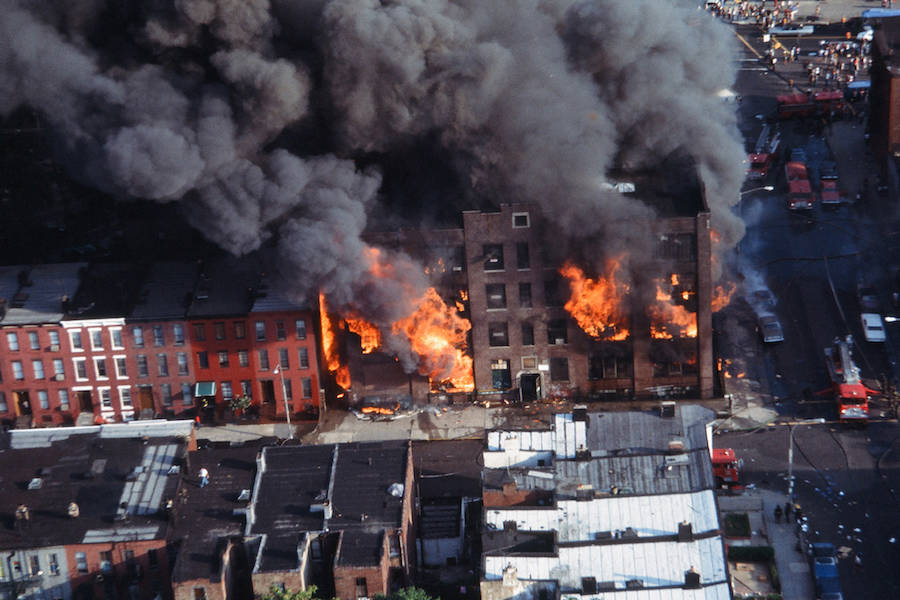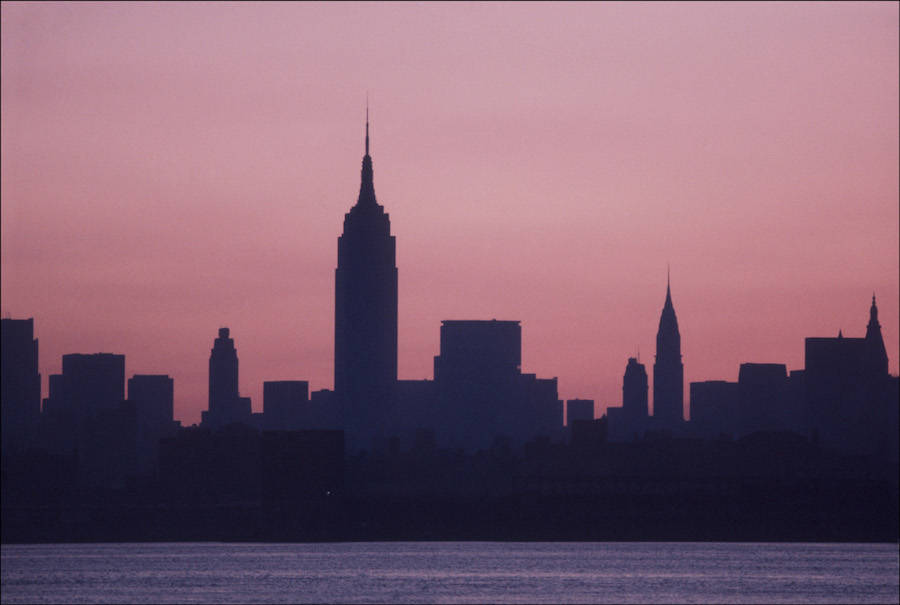During the New York blackout of 1977, an entire city went dark, only to be lit up by the fires of more than 1,000 arsons.

Robert R. McElroy/Getty ImagesAerial view of a building burning in Brooklyn during the New York blackout of 1977.
When the lights go out… anything goes. On July 13, 1977, in what is now considered the most infamous New York blackout in the city’s history, all the power in the Big Apple went out. The city stayed dark for 25 hours and when the lights came back on, more than 1,000 cases of arson had been reported.
The New York blackout of 1977 started when lightning struck an electrical substation on the Hudson River, taking out several critical power transmission lines.
After attempts to manually shed load (allow some blackouts to prevent a system-wide failure) failed, the biggest generator in New York City as well as the entire Con Edison power system shut down. The city went completely dark at around 9:30 p.m.
At the time of the blackout, the city itself was in bad shape. In the 1970s, New York found itself in a major financial crisis that placed the city on the verge of bankruptcy. Crime rates were up and, that very summer, infamous serial killer Son of Sam was causing panic.
The blackout served as an eerily palpable metaphor of the dark times the city was facing. It also gave frustrated New Yorkers a chance to take out their aggression. This included, in addition to widespread looting, setting things on fire.
Arson was already an issue in the city during the 1970s. Due to New York’s poor economy, people took to burning empty buildings so they could collect on fire insurance. Still, the large number of cases that were reported during the short period of time during the 1977 blackout was startling.

Tom Cunningham/NY Daily News Archive via Getty ImagesPeople look on as firemen respond to an arson during the New York blackout of 1977.
The lack of lights created a protective veil for the arson, as well as other sorts of crime sprees. But the fires during the blackout weren’t purely for financial gain. Onlookers at a fire on Flatbush Avenue in Brooklyn shouted “burn baby burn,” a nod to the urban riots of the 1960s as well as a reference to the current racial tension the city was experiencing.
Brooklyn, in general, was hit hard, with Bushwick experiencing about 25 fires that burned through until the next morning. Flames engulfed two straight blocks of Broadway. By the next day, there were 45 stores across the avenue that had been completely torched.
A total of 1,037 fires were responded to, which included 14 multiple-alarm fires. This figure didn’t even account for fires that weren’t responded to or that went unreported.
While Con Edison was able to get some power lines up and running by 7 a.m the following morning, power wouldn’t be fully restored until 10:30 p.m that night.

Allan Tannenbaum/Getty ImagesThe Manhattan skyline at dawn during the New York blackout of 1977.
A Daily News front page in the following days read, “The Lights Go Back On – Subways Roll; Fires & Looting ease; 3,400 Are Arrested.” It was the largest mass arrest in New York City history. It also cost the city an estimated $300 million, or what would be $1.3 billion today.
A previous blackout, occurring in 1965, was starkly different to the New York blackout of 1977. During the earlier blackout, New York’s reported crime rate was the lowest it had ever been on any night since records had begun being kept. In contrast to 1965, The New York blackout of 1977 truly demonstrated how dangerous the city had become.
When the lights came back on and the damage had been thoroughly surveyed, it was clear (and bright) enough to see the many ways the city needed repairing.
After this look at the New York blackout of 1977, check out 41 photos of life in 1970s New York. Then, take a look at some interesting New York facts that even most natives probably don’t know.






